The experts in boutique travel To Peru and South America
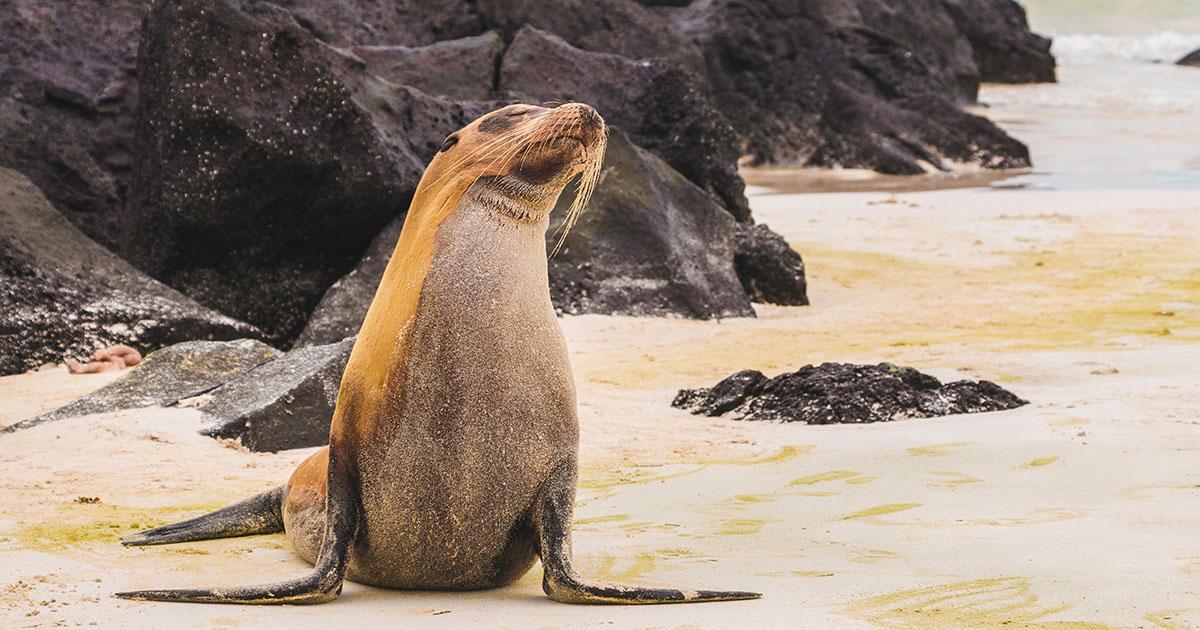
The best time to visit the Galapagos Islands is from December to May if you want sunny weather and smooth sailing. However, June to November is the best time to see blue-footed booby mating displays and migrating whales. This can make deciding when to visit the Galapagos seem a bit challenging. The islands are without a doubt a year-round destination, but the draw to visit varies from month to month. This guide to the archipelago’s weather and animals will do the heavy lifting for you, no matter how you envision your dream Galapagos Islands vacation.
*Cover photo by Amy Perez on Unsplash.
The warm season in the Galapagos Islands starts in December and transitions in May. Temperatures are balmy and days are often sunny. If pairing the Galapagos with Machu Picchu, this is the best time of year to visit. Winds tend to be a mild breeze. Rain is generally infrequent this time of year. However, when it does rain, it tends to be much heavier than during the cool season. Overall, this leads to higher average rainfall.
Daytime: 79°-88°F (26°-31°C)
Nighttime: 72°-75°F (22°-24°C)
Although never completely calm, the warm season is when the sea around the archipelago is at its smoothest. This is perhaps the best time to go on a cruise since you will avoid severe seasickness. The El Niño Current passes through the islands during these months, which warms up the waters. A wetsuit is still recommended when out in deep water. If snorkeling along the shore, in bays, or shallow reefs, a wetsuit isn’t necessary.
Average: 70°-80°F (21°-26.5°C)
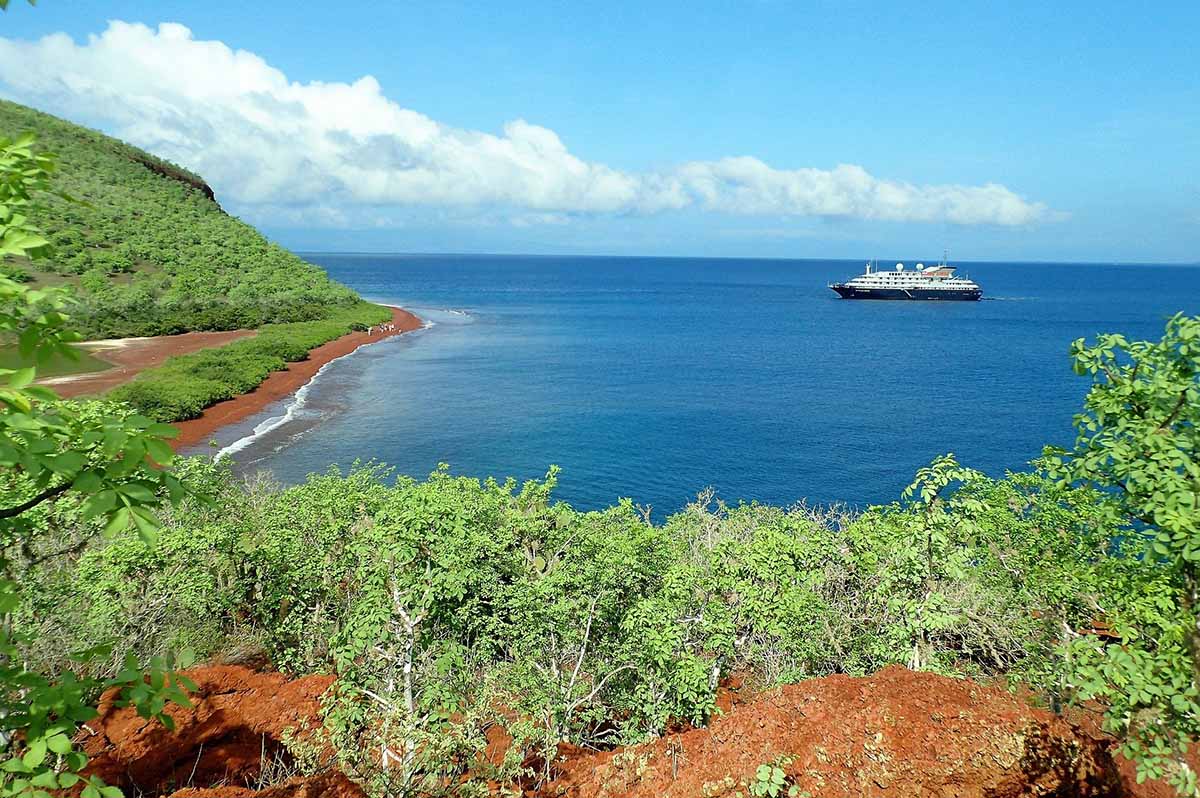
The cool season in the Galapagos is between the months of June and November. Temperatures drop during this time, especially at night. Compared to the warm season, it is much windier this time of year. However, since the islands fall on the equator, it is still pretty warm. Also, there is more frequent drizzly weather, known locally as garúa.
Daytime: 79°-82°F (26°-28°C)
Nighttime: 66°-70°F (19°-21°C)
As the wind picks up around the Galapagos archipelago, the seas become choppier during the cool season. The chilly Humboldt and Cromwell Currents bring the ocean temperature around the islands down (while increasing nutrients in the water). A wetsuit is recommended for deep water snorkeling and diving and sometimes recommended in shallow water depending on weather conditions.
Average: 65°-75°F (18°-24°C)
One may be tempted to plan their Galapagos trip around the time of year with the best weather. Others may be drawn to see baby sea turtles hatch or blue-footed boobies perform mating displays. The major factor when planning a trip to the Galapagos is what you want to see.
The main attraction of the islands is, of course, the incredibly diverse and unique flora and fauna. First, you should decide which animals or plant species you would like to see during your trip. For example, blue-footed boobies and frigatebirds more commonly perform their mating displays during the cool season. Many whale and dolphin species also migrate through the islands during this time. Conversely, many bird species are nesting during the last few months of the warm season. (See our list below of animal events by month).

After deciding which creatures you want to see and finding the best time to see them, you can narrow down your dates further with your preferred weather and sea conditions. If you don’t mind risking heavy rains for a chance of mostly sunny skies and smoother seas, plan for the warm season. If a little mist and choppy waters won’t deter you from seeing your favorite animal events, you can visit during the cool season. (See month-by-month Galapagos weather patterns below).
Galapagos Tours:
Visiting the Galapagos Islands is a dream for so many travelers and often sits high on their bucket list. In order to maintain the pristine ecosystem, visitor numbers are highly regulated, meaning you should give yourself a full year to plan. It’s also worth getting an early start to planning your trip in order to get your preferred accommodations and experiences.
Although the Galapagos is a year-round tourist destination, its high season is from June to August. There is also a spike in the number of visitors for the Christmas and New Year’s holiday season. During this time, cruises and top-ranked hotels can sell out over a year in advance. For this reason, if you are planning a summer vacation or holiday trip, you should consider planning one to two years ahead of time.
Even if you plan to visit during the low season, you should still plan relatively early. Galapagos cruises, which are limited in size and number, should be booked 6 months to a year in advance. Hotels should be booked at least 6 months out.
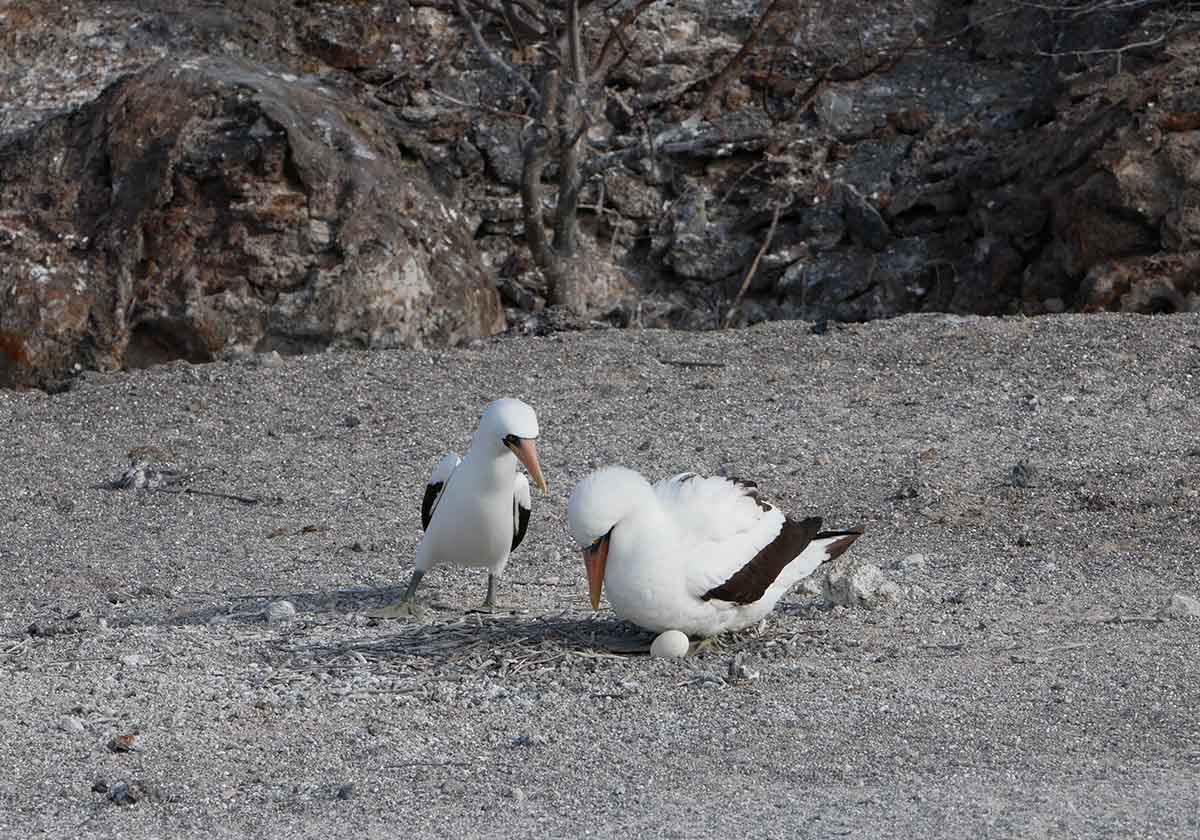




The warm, wet season really gets going in January. Air temperatures are close to their peak, with an average daytime temperature of 86°F (30°C) and low of 72°F (22°C). The ocean is about 76°F (24.5°C). Rainfall increases significantly from the end of the year to 2.4 in (61 mm).
February’s air temperatures continue to rise, reaching 86°F (30°C) during the day and 75°F (24°C) at night. The ocean reaches its warmest temperature during this month at 77°F (25°C). Rainfall continues to rise, averaging 4.6 in (117 mm). In fact, this is the wettest month of the year. However, rain during the warm season often comes in relatively short but heavy bursts, whereas the cool season experiences frequent but light drizzles.
March is one of the warmest months of the year in the Galapagos Islands. The average daytime temperature is 88°F (31°C) while the average evening temperature is a comfortable 75°F (24°C). The ocean is still at its warmest, averaging 77°F (25°C). March is the second wettest month with 4 in (102 mm) of rainfall.
The weather in the Galapagos continues to be balmy in April, keeping the same averages as March with a high 88°F (31°C) and low 75°F (24°C). The ocean also remains around 77°F (25°C). Rainfall begins to dip as the cool, dry season approaches, averaging 1.5 in (38 mm).
As the last month of the warm season, May experiences a significant drop in average temperature. The average daytime temperature is 79°F (26°C) while the average nighttime temperature is 72°F (22°C). The ocean is about 76°F (24.5°C). Average rainfall also drops to 0.75 in (19 mm).
Galapagos Island weather remains steady into June and onwards through the cool season. Average temperatures are a high of 79°F (26°C) and a low of 70°F (21°C). The ocean drops a few degrees to 73°F (23°C). There’s only slightly less rain, averaging 0.6 in (15 mm). Although there is a minute amount of precipitation throughout the month, this is delivered in a frequent drizzle known locally as garúa.
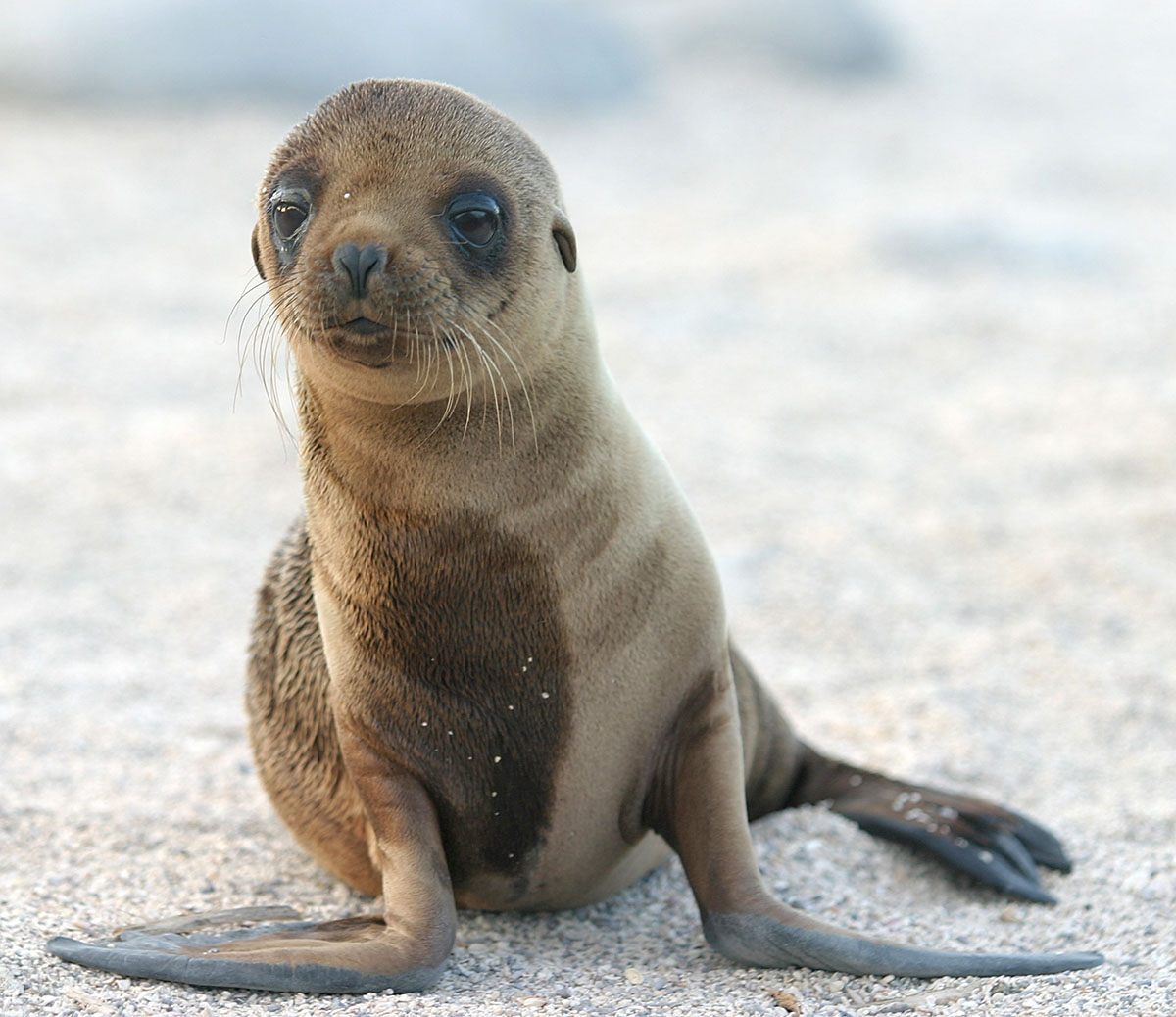
Daytime temperatures remain about the same in July with an average of 79°F (26°C). However, nights are chillier at 66°F (19°C). The ocean temperature, too, drops further to a refreshing 71°F (21.5°C). The average rainfall is the same as in June, 0.6 in (15 mm).
Galapagos weather in August continues with the same patterns from July with a high of 79°F (26°C) and a low of 66°F (19°C). The ocean is at its chilliest, around 70°F (21°C). Rainfall, however, is at its lowest in August, averaging 0.25 in (6 mm). From here, the weather starts to turn as the warm season approaches.
Air temperatures remain the same in September, the daytime average being 79°F (26°C) and nighttime 66°F (19°C). Ocean temperatures begin to creep up this month, going back to about 71°F (21.5°C). Rainfall also increases to 0.5 in (13 mm) as the warm season approaches.
October sees rises in temperatures all around. The average day and night temperatures are 81°F (27°C) and 68°F (20°C), respectively. The ocean temperature creeps up to about 72°F (22°C). Rainfall remains constant from September at 0.5 in (13 mm).
Temperatures continue to slowly rise into November. The average high is a cozy 82°F (28°C) while the low is 70°F (21°C). The average temperature of the ocean is 73°F (23°C). Rainfall continues to be about 0.5 in (13 mm).
December starts off the warm season with an average high of 84°F (29°C) and a low of 72°F (22°C). The water temperature goes up to 74°F (23.5°C). Although at the beginning of the warm, wet season, rainfall remains relatively low at a continued average of 0.5 in (13 mm).

As you can see, the Galapagos Islands always have something to offer travelers no matter the season. Nature is constantly moving in the archipelago. You can be confident that no matter when you travel to the Galapagos Islands, you’ll see the beauty and biodiversity that is sure to inspire. The best time to visit the Galapagos Islands is as soon as you can come!
Let us help you with all of your Galapagos trip planning. One of our expert Travel Advisors will help make every detail of your dream trip to the Galapagos effortless.
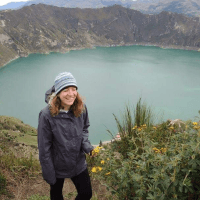
Family trips abroad gave Rachel an insatiable taste for foreign languages and cultures.

Lima’s biggest food fair, Mistura gives you a chance to taste your way across Peru’s diverse geographic regions and vast culinary repertoire.
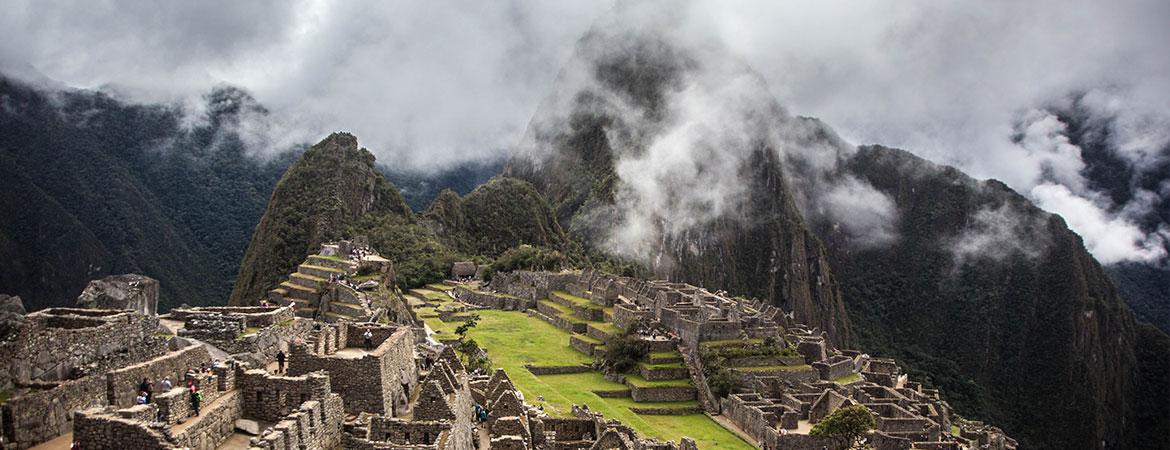
What’s the best time to visit Machu Picchu? For clear skies, sunny weather, and a chance to take photos of Machu Picchu like the ones you see in the travel magazines, the easy answer is June, July, or August. This is peak season for travel to Machu Picchu. Because of course, everyone has the same idea. But that’s not a drawback as long as you know what to expect.